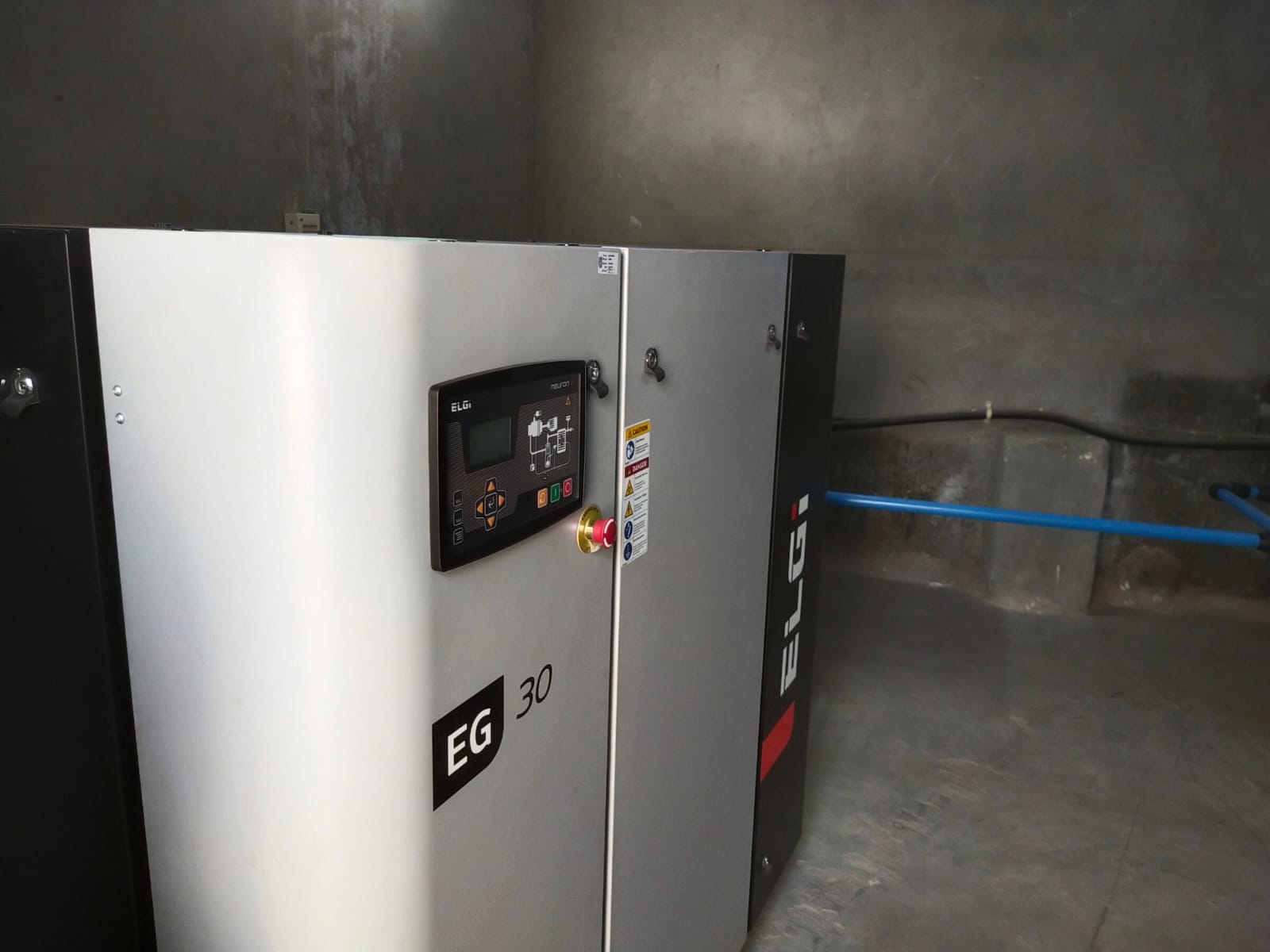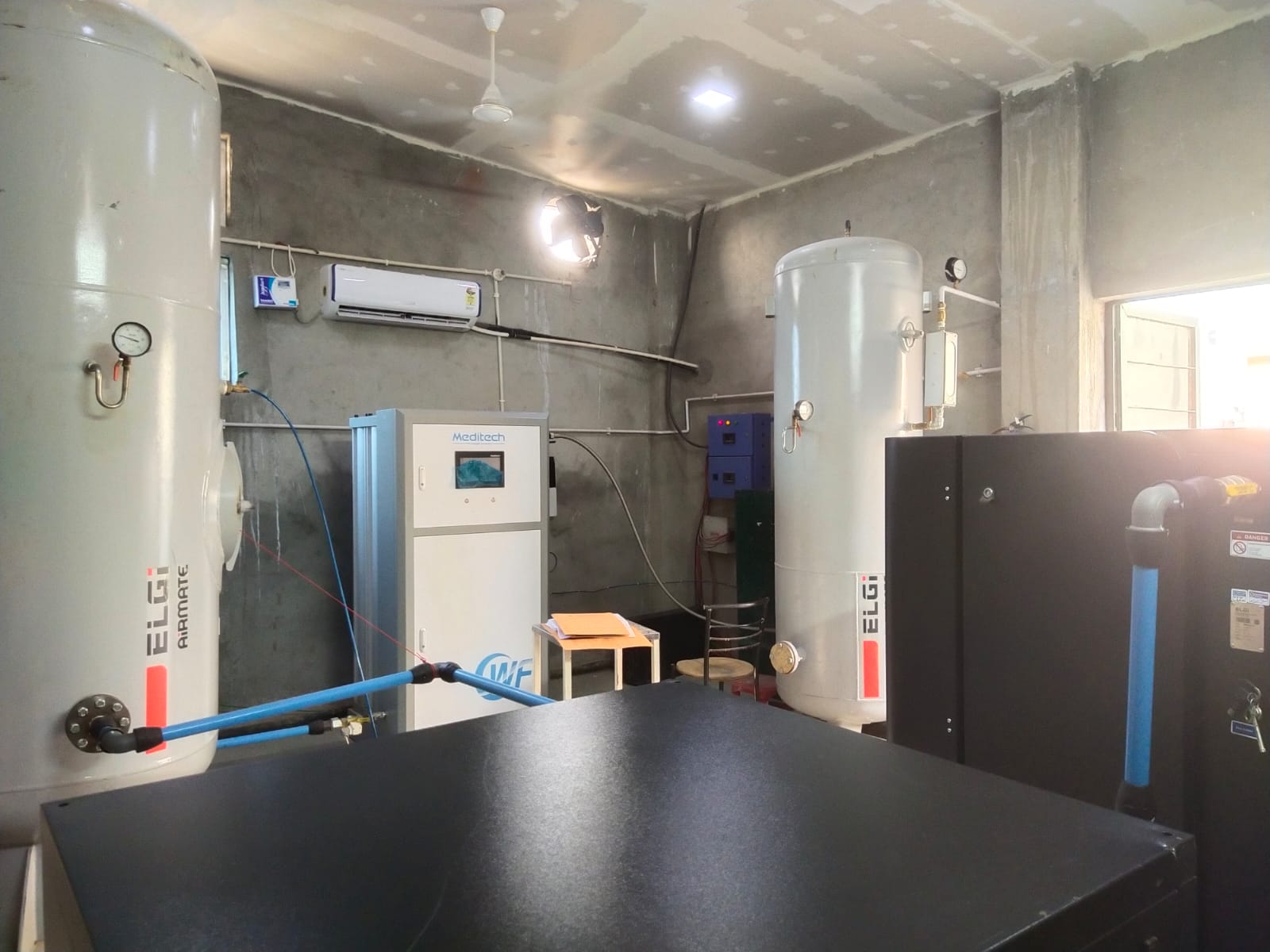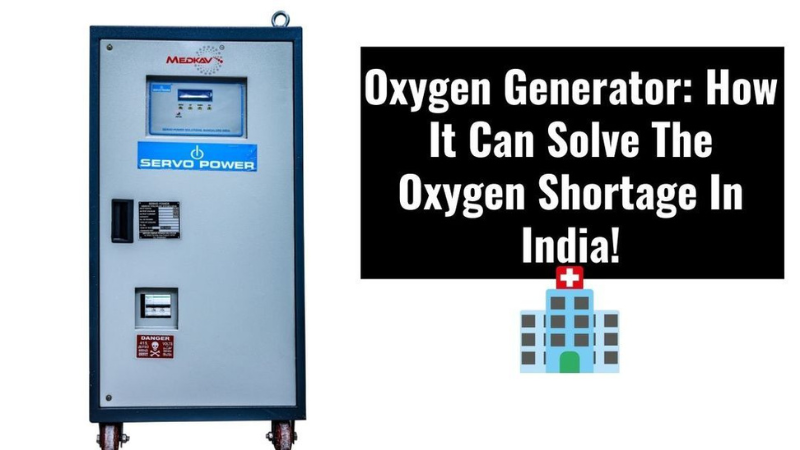In a multitude of industries, including health care, oxygen is employed on an everyday basis. On the market, oxygen is obtainable for industrial and medical uses. Medical oxygen differs greatly from industrial oxygen in terms of purity and quality. As a result, there's a distinction between industrial and medicinal applications.
Industrial oxygen isn't meant to be employed by humans. Only medical oxygen that has been checked for identity, purity, and content, furthermore as medical oxygen that has been produced, stored, and distributed in accordance with best practices, should be administered to the patient. Uncertainties about the purity and content of commercial oxygen, the potential of particle and microbial contamination, and poorly planned, conducted, and managed manufacturing, storage, and distribution operations could put patients in danger.
Oxygen could be a necessary component of drugs. Respiratory disorders like COVID-19 and pneumonia are treated with oxygen by healthcare specialists. Surgery and trauma require oxygen similarly. The elderly, pregnant women, and newborns all require oxygen on an everyday basis. Medical oxygen is employed during a sort of settings. In medical environments like hospitals and clinics, medical oxygen is usually provided. It's employed in anaesthesia, emergency resuscitation, life support for those that can't breathe on their own, and oxygen treatment, among other things. Your healthcare professional may recommend oxygen therapy if your lungs aren't ready to provide enough oxygen on their own. Oxygen therapy ensures that your organs and tissues have enough oxygen to function properly and stay healthy. It also aids within the recovery of illnesses.
Why Indian hospitals are running out of medical oxygen
The distressing reports of patients dying in Delhi hospitals thanks to a scarcity of oxygen have piqued international curiosity about the origins of this life-sustaining gas. Although the air we breathe is rich in oxygen, it's difficult for our lungs to soak up enough to satisfy the body's demands after they become inflamed and damaged, as they are doing during severe coronavirus infections. All of our cells require oxygen to survive, and when blood oxygen levels fall below a particular threshold, our organs and tissues starve. Individuals with severe COVID-19 are usually given supplemental oxygen in hospitals to alleviate this.
As the number of coronavirus cases has risen eightfold in India, a variety of hospitals in Delhi et al have reported running out of the supplies they have to stay patients alive. Several countries have provided oxygen cylinders, concentrators, and cryogenic tanks for transporting ultra-cold atomic number 8, and UNICEF and its partners are looking to buy and install oxygen production equipment in hospitals.
Because Covid-19 reduces lung function, oxygen is a crucial therapeutic option for several those who have severe Covid-19. Shortness of breath is one amongst the warning indications of pneumonia, which occurs when the lungs fill with fluid. When a human lung doesn't get enough air, oxygen can't reach the remainder of their organs, causing them to fail.
Oxygen Shortage Stats during the Covid Pandemic In India

India is capable of manufacturing quite 7,000 metric tonnes of medical oxygen. Inox Air Products, Linde India, Goyal MG Gases Pvt Ltd, and National Oxygen Limited are the leading manufacturers. Inox, the biggest of those, produces 2000 tonnes of steel on a daily basis.
Apart from medicinal applications, oxygen is additionally employed in industry. Smaller firms that produced industrial oxygen were authorised to form medical oxygen during the initial wave of the pandemic last year by modifying some parameters. This has aided in increasing the capacity of medicinal oxygen production.
The main reason for this situation is that demand has suddenly increased, but there are insufficient cylinders and tankers to store and deliver oxygen. This, of course, threw the system into disarray.
There are insufficient cryogenic tankers in India to confirm that medical oxygen is delivered by road 24 hours every day, seven days every week.
The transit time from the manufacturer to a patient's bed has increased from 3-5 days to 6-8 days when oxygen is transferred from one state to another.
The longer it takes for oxygen to succeed in a smaller hospital or a far off site, the longer it takes for it to arrive. Because COVID has infected the complete country, this aspect encompasses a significant impact on supply to small towns.
The cost of refilling cylinders has increased as transportation and logistical costs have risen. Refining a cylinder that wont to cost Rs 100-150 now costs Rs 500-2000.
You can't rule out opportunistic profiteering as an element within the increment.
Finally, like all commodities, the demand-supply principle governs oxygen production. We are witnessing a catastrophe because the demand for medical oxygen has increased suddenly and unnaturally.
Covid-19 could be a new disease within the world, and India is not any exception. As a result, doctors and scientists are unaware of the potential dangers and implications.
When the epidemic first spread in India last year, we lacked even the foremost basic supplies, like treatment kits, masks, adequate sanitizer, ventilators, and oxygen beds.
However, as time passes, this stuff begins to be placed.
We also heard about the second and third waves of corona in India last year. However, there was an absence of appropriate communication and understanding among society and also the general public. We took everything with a pinch of salt.When a brand new style of coronavirus arrived in India this year, it had been quite deadly for the people. compared to the previous year, it significantly increased the patient's oxygen supply. Doctors were unaware of the potential for a major decrease in oxygen delivery.
The causes of India's oxygen shortage are as follows:

1 -India's population is one among the first causes of the oxygen shortage.
2 -The infection rate has risen so rapidly that matters has gotten out of hand for the authorities' doctors.
Making such massive arrangements on such a large scale takes time for a growing country like India. However, this sickness not only affects people's health, but it also has the potential to kill them, thus the result may well be rather catastrophic.
The people of India were caught off guard because the terrible second wave struck in April 2021.
The virus revealed all types of systems and human flaws.
It wasn't simply a scarcity of oxygen; there have also been severe shortages of hospital beds and even life-saving medications like remdesivir. Though pharmaceuticals were available on the black market, fraudulent drugs were occasionally sold in Delhi and province. The virus revealed not only India's health-care system, but also its leaders and administration, likewise as all kinds of human vulnerability. This predicament emerged as a result of the Indian government's failure to be told from the experiences of Brazil, the uk, and therefore the us, where the waves were repeated. There was no planning or preparedness for the second wave, which was much more lethal than the primary. Strong preparedness would have undoubtedly saved many lives.
How to solve oxygen shortage with Oxygen Generators
So let's discuss how we will avoid future oxygen shortages while the epidemic continues to wreak havoc over the world?
The composition of air is roughly 21% oxygen, 78 percent nitrogen, and 1% other gases. In a very sort of technique, the oxygen component will be extracted and delivered to patients.
The majority of medical oxygen is produced in factories, and India has about 500 of them. They separate oxygen, nitrogen, and other components from air by cooling it to a liquid condition so separating them supported their boiling points. This oxygen is then transported in liquid form at extremely low temperatures to large hospitals and regional distributors in cryogenic tanks.
Oxygen is produced for a spread of purposes, including medical and industrial. Most industrial oxygen in India is currently being cleaned further before being diverted for medical use because of an unexpected spike in demand for medical oxygen. Getting this oxygen from producers within the east and south to the foremost in need states within the north and west could be a major challenge. Filling a tanker with highly flammable oxygen takes hours, and these vehicles must adhere to a strict ordinance of no quite 25 mph and must not travel at midnight to avoid road accidents.
About Medkav's technology
The presence of Medkav Technologies within the healthcare industry is rapidly expanding. We also provide a secure learning environment. because the world becomes safer and healthier, hospitals are also able to meet up with their patients. Medical oxygen is circulating throughout the ability due to the Medkav Medical Oxygen Gas Generator.
Medkav Technologies may be a well-known medical oxygen generator that gives a comprehensive set of medical oxygen generating, storage, and transportation services. Our goal is to assist you get the foremost out of your industrial output while staying within your financial constraints. Cutting-edge oxygen generators are among our products and services, and that they are fitted to a large range of corporate and industrial applications. By replacing oxygen cylinders with long-lasting, high-quality oxygen generators, we help hospitals economize. Our products are built to survive the tough Indian environment, power interruptions, and pollution issues!
By replacing critically low oxygen cylinder supply with oxygen generator equipment, we helped India tackle the deadly second wave of CoVID-19 in India.
In any industry sector, the foremost recent, efficient, and upgraded technologies are the foremost crucial necessity. this might be a prerequisite of our time to confirm our future. Developing a technology might be an enormous accomplishment. Making a breakthrough during this area will assist it in breaking into the industry for real-world application. Fitting into the ocean of expectations is difficult, but not impossible.

